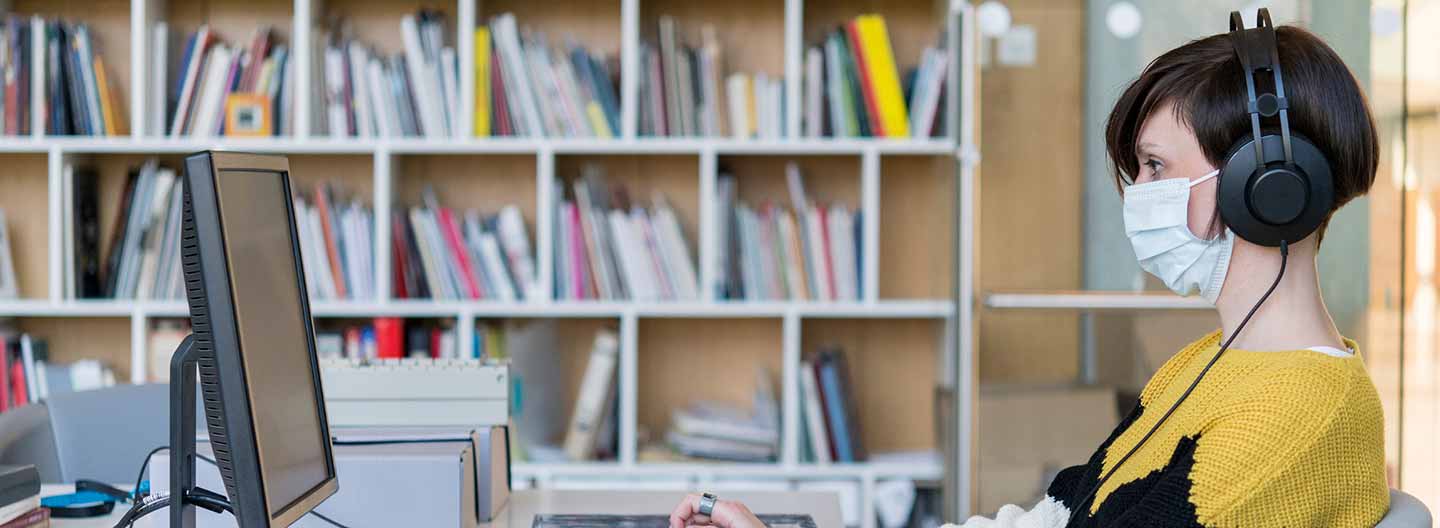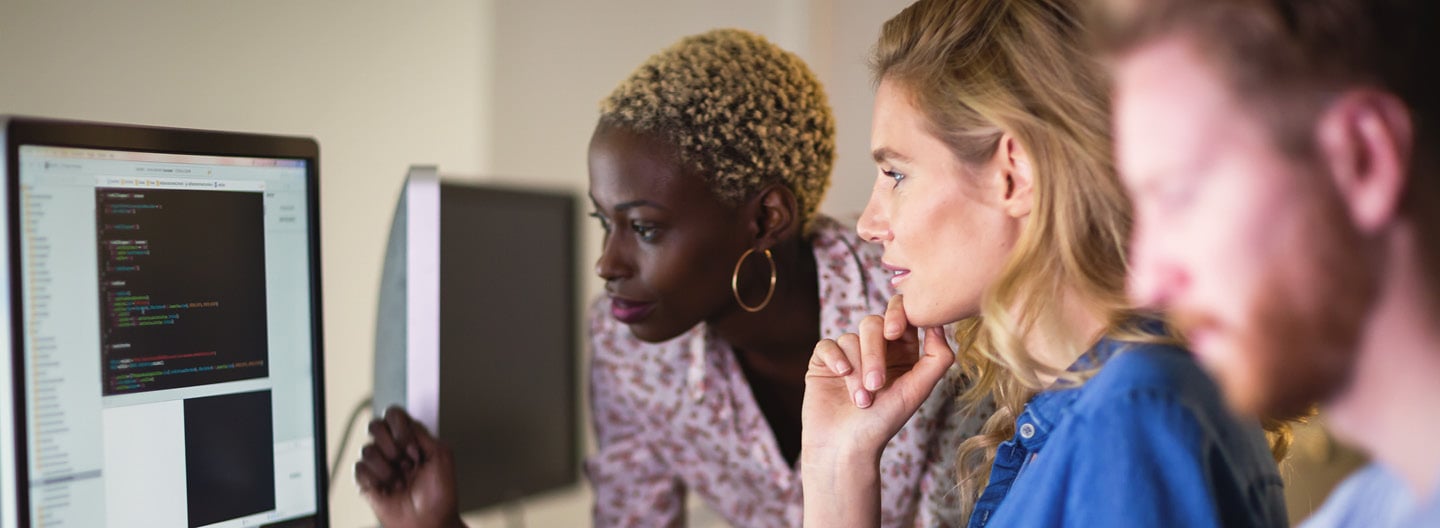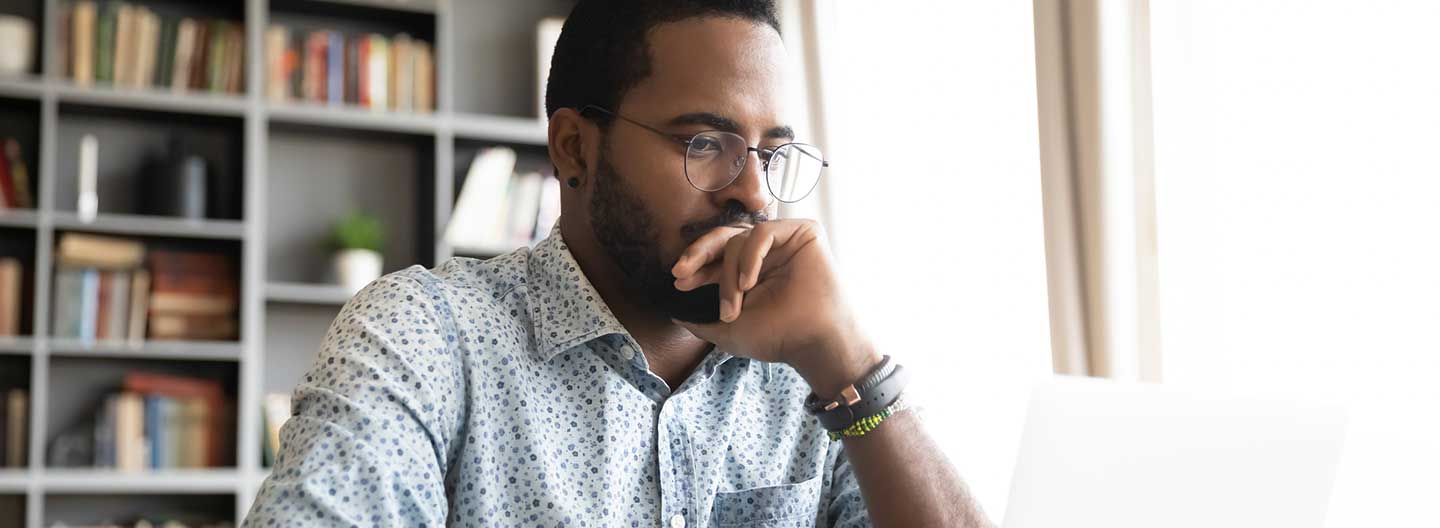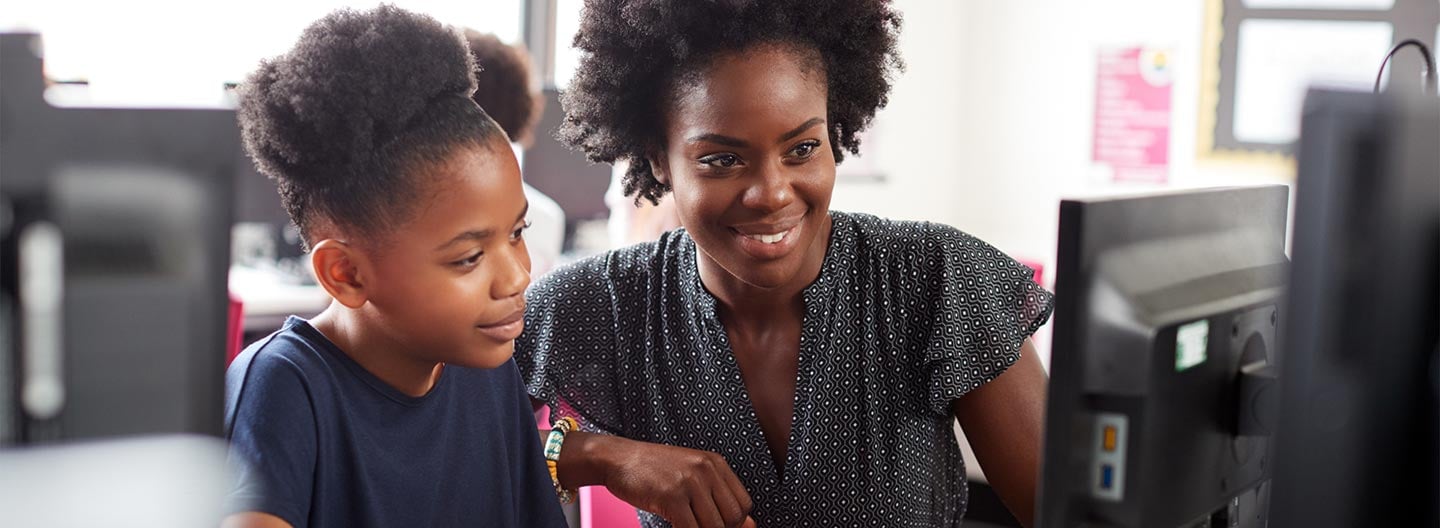Editor's Note: It is vital that public libraries understand the needs and interests of their communities and patrons to stay relevant in the 21st century. That's easy to say, but hard to do. Online and paper surveys are a common tool for this, but they have limitations. The main limitation of the survey approach is that it generally avoids direct interaction between a library and its community members or member-to-member interactions.
WebJunction has addressed this by compiling an astonishingly rich resource describing other useful techniques for finding out what your local community wants called a Basket of Discovery Tools. We like it so much that we reprint it here with permission from WebJunction to ensure that this great resource gets the widest possible attention.
Beyond the Survey — Basket of Discovery Tools
Community discovery is NOT intended to be a scientific, statistically rigorous analysis of the quantifiable needs of a community. Community discovery is connection and conversation.
Interviews and Focus Groups
Engaging with people in your community through interviews or focus groups builds relationships by communicating to community members that you value their opinions and insights. It's an opportunity to get to know people personally and to hear more nuance around what they aspire to for themselves, their families and the community.
Stakeholder meetings and group interviews bring groups of people together to discuss community issues. They are usually guided by a structure of predetermined questions to elicit insights. Groups might consist of key gatekeepers or decision-makers in your community, or they might be an assembly of "ordinary citizens." Tailor the interview questions or meeting agenda to the topic and the individuals involved.
- For in-depth guidance, the Community Conversation Workbook (PDF) covers who to invite (p. 5), setting expectations (p. 6), tips for leading conversations (pp. 9–10), questions to ask (p. 13), and more.
- Categories of Stakeholders (PDF) lists a broad range of community stakeholders to consider for engagement.
- Check out the ASK Exercise (PDF) for interview questions that are intended to help people think beyond specific services or library features.
Topical focus groups are more targeted than group interviews in that they gather small groups of key individuals who could contribute to activating, programming, designing, or reaching out to the people you want to attract to your library space. For example, the library might conduct focus groups with teens to inform the design and programming for a teen active learning space.
- The Community Toolbox offers a helpful guide for Conducting FocusGroups.
Intercept surveys are questionnaires that are administered verbally, in person and are designed to get the perspectives of individuals in the community. You could approach a variety of community members, or you could target individuals from a specific audience you want to work with. These "verbal surveys" are best conducted in the context and environment in which these individuals live, work or play. So, get out of the library and go to playfields, shopping centers, churches, etc.
- Intercept Surveys How-to (PDF) describes the approach in more detail.
Happy hour brainstorming is a more casual approach to eliciting insights from groups of people. Provide a welcoming space for the event, including food and drink if appropriate; make it a party. Have one-on-one conversations with people. Encourage personal stories and anecdotes by leading with something like, "Tell me about a time when. …"
Visual Tools
Adding visual elements to the tools for eliciting community input engages the senses with color and tactile interaction, which may stimulate more imaginative responses from people. It also introduces a social aspect in that people can see what others have said or voted for. It may even spark conversation if community members are responding to the tools at the same time.
Pop-up spaces occur anywhere that the library can establish a footprint for engaging with community members, usually outside of the library walls. It may be as simple as a dot board on a folding table at a community event. Or it may be a temporary constructed space at a local fair, baseball game, or other event. The pop-up space creates an instant social space and spurs positive associations with the library.
Wish trees are a visual form of community survey that collect ideas in an open-ended approach. Because the "trees" are physical, interactive, and portable, they can stimulate involvement from people who might be reluctant to fill out a traditional survey. Check out this example of a Wish Tree Activity (PDF).
Dot boards are a quick way to get community input on a preselected set of programmatic options or ideas. The idea boards provide visual choices in the form of images illustrating the options and let community members vote with dots or stickers. Being portable, they can be taken to meet people where they are in multiple locations. See this handout on Dot Board Details (PDF) for information on how to create and set up dot boards.
Observation is about watching how people behave and interact within spaces and places, both in the library and outside in other community locations. The method can uncover unexpected needs of users and spur rethinking assumptions about patterns of use. Become a keen observer of people's behavior and body language while being unobtrusive and nonthreatening. Try to interpret the emotional side of people's actions. Do they seem puzzled, frustrated, intrigued, satisfied? Record your observations with notes and photos.
Interactive Workshop Tools
The interactive idea workshop format creates space for original thinking and ideation by focusing on concrete ideas for experiences or services and using strategies to open up thinking and problem-solving. Avoid the impression that decisions have already been made, but give enough framework for people to have something to respond to.
Depending on the number of participants, this format may require breaking into small groups, with a facilitator for each. This format is appropriate for use with multigenerational groups, including teens and children working in their own small groups.
Visioning workshops usually start with a short presentation that "sets the stage" for the focal idea, priming the brainstorming pump with images and visual examples of various options to get ideas flowing. You might want to construct a special space for capturing ideas — a "visioning tent," which can augment attention to the creative process.
- The goal is to get people talking to each other and start feeding off each other's creativity.
- Record every idea so all people feel heard; the accumulation of ideas adds to the visual richness of the visioning exercise. Sticky notes offer a low-tech way to quickly capture lots of ideas in a colorful array, and to re-sort into logical clusters.
- You can use large sheets of paper to capture ideas, possibly sorting them into "what, why, and how" buckets to help people organize their thinking.
Participatory design workshops get participants directly involved in hands-on designing of spaces and programs. A problem (design challenge) is presented to the participants, who then receive a "bag of stuff," which has arts and crafts materials, such as construction paper, crayons, glue, tape, scissors, yarn, cotton balls, and so on, as well as "found objects" like leftover Styrofoam packing, wine corks, old LEGO pieces, and small boxes.
- Using the materials provided in the bag, participants brainstorm a solution to the problem and design "low-tech" prototypes of their solution.
- If you have a large number of participants, break into groups of 8 to 10 and provide a "bag of stuff" for each group.
Photo essays generate a visual "day in the life" view of individuals in your community. Asking community members to photograph their experiences throughout a typical day or week can reveal unexpected subtleties about the way they engage in the community and the challenges and wins in their lives.
- How to Make a Photo Essay offers useful tips, but the effort can be very casual — just take photos of everything one does throughout a day or week.
More Resources
- Check out steps 1–4 in How to Co-Create a Shared Space in 5 Steps for a quick, fun introduction to some engagement strategies.
- Learn more about the Small Libraries Create Smart Spaces project and view stories and videos to see how the community discovery process helps transform library spaces.
About WebJunction
WebJunction is a Seattle-based nonprofit organization. Its mission is to build the knowledge, skills, and confidence of library staff to power strong libraries that are the heart of vibrant communities. It is a program of OCLC Research. Basket of Discovery Tools was created as part of the Small Libraries Create Smart Spaces project, where participants engaged in community discovery activities to inform space changes.






